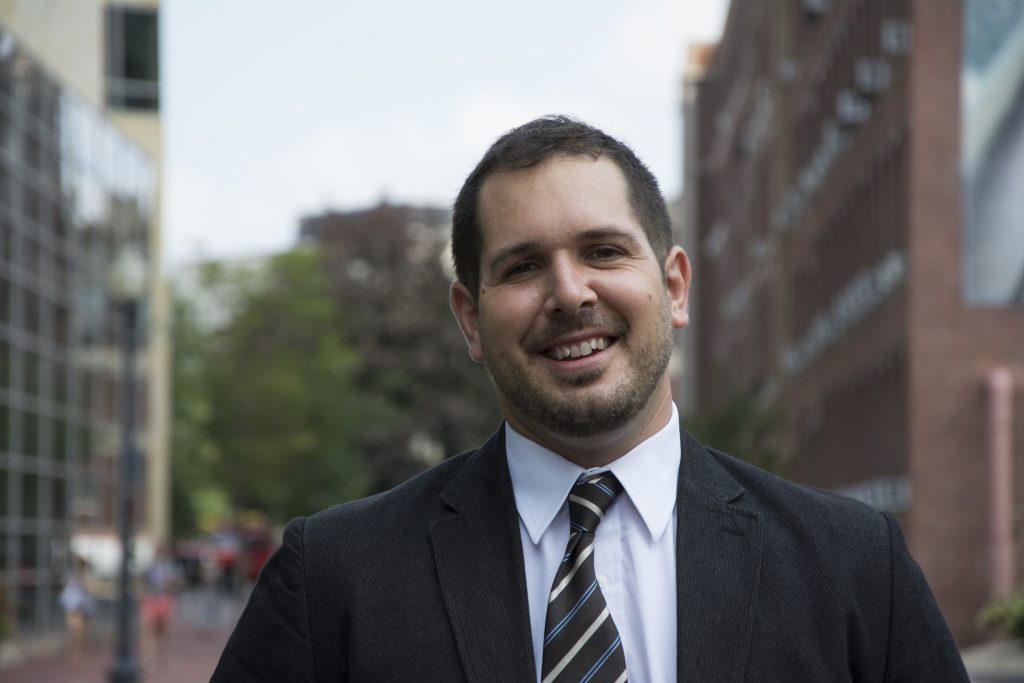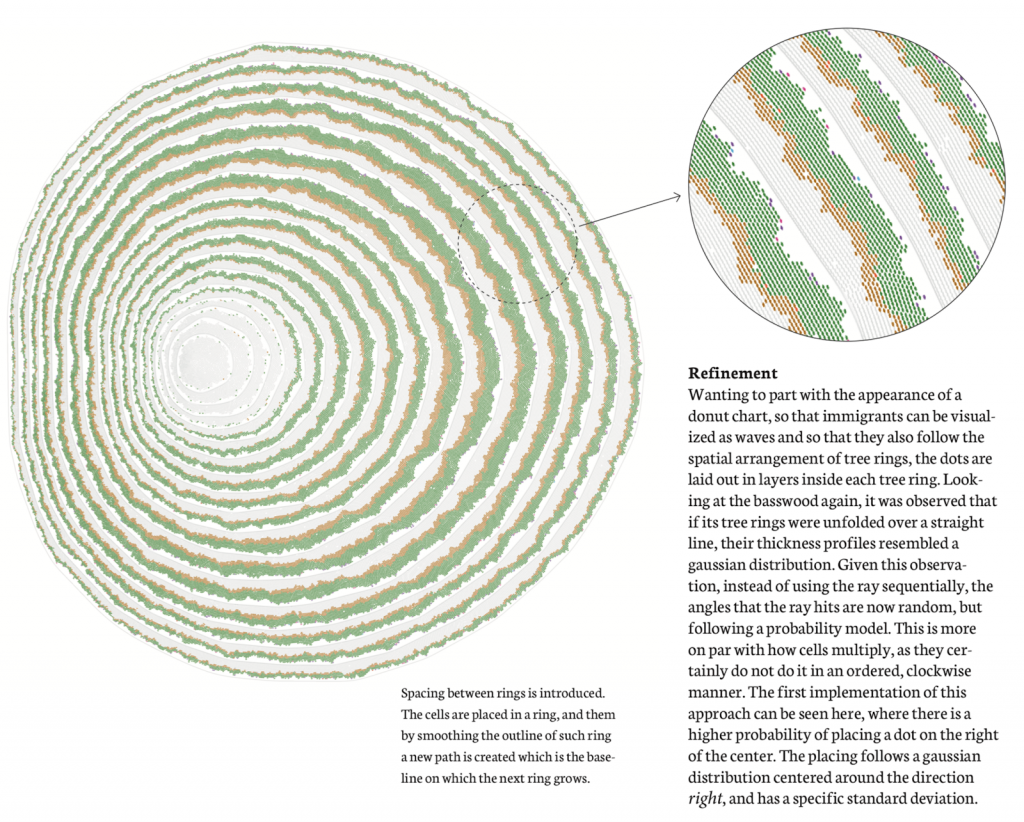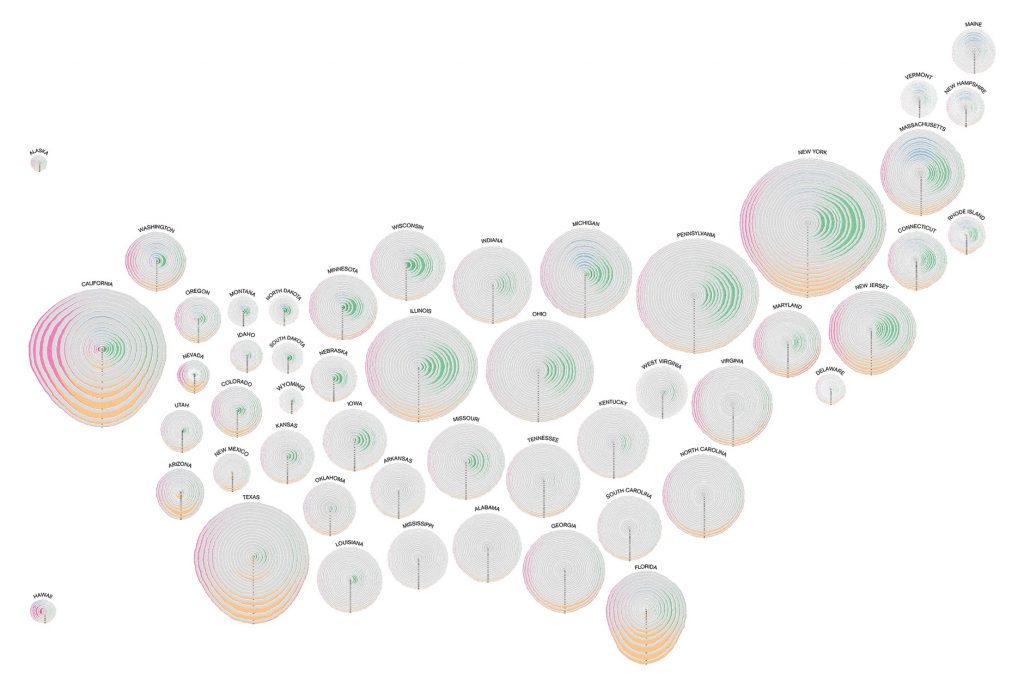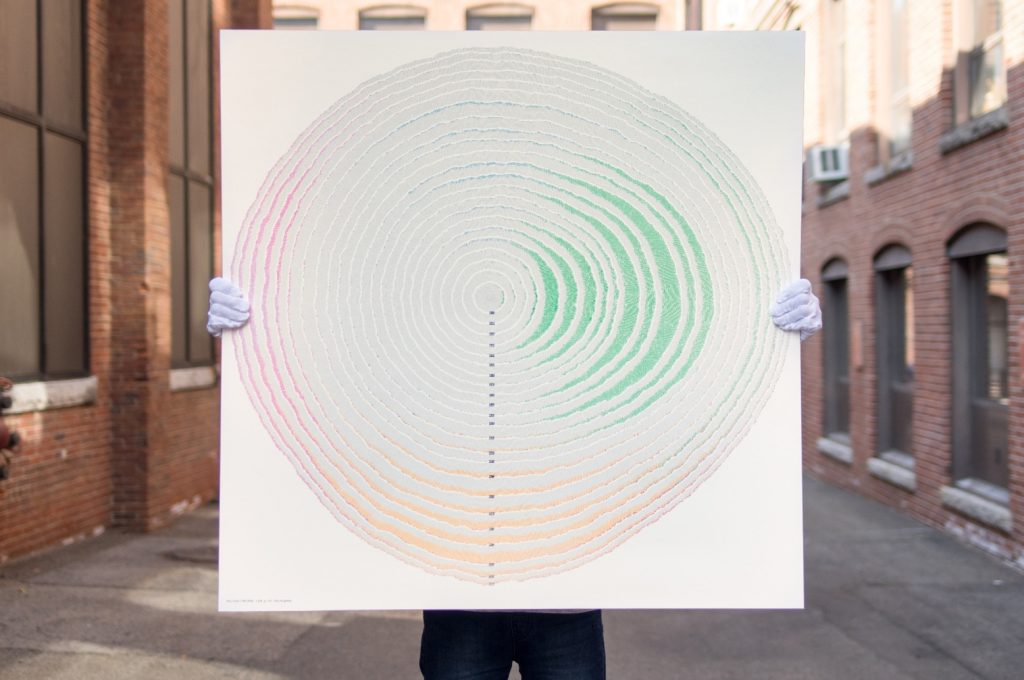Go offline with the Player FM app!
Simulated Dendrochronology of U.S. Immigration with Pedro Cruz and John Wihbey
Manage episode 228760739 series 32120
[There are no ads on Data Stories because we’re listener-supported; please consider contributing to the show! Oh…and now Data Stories is on Instagram!]
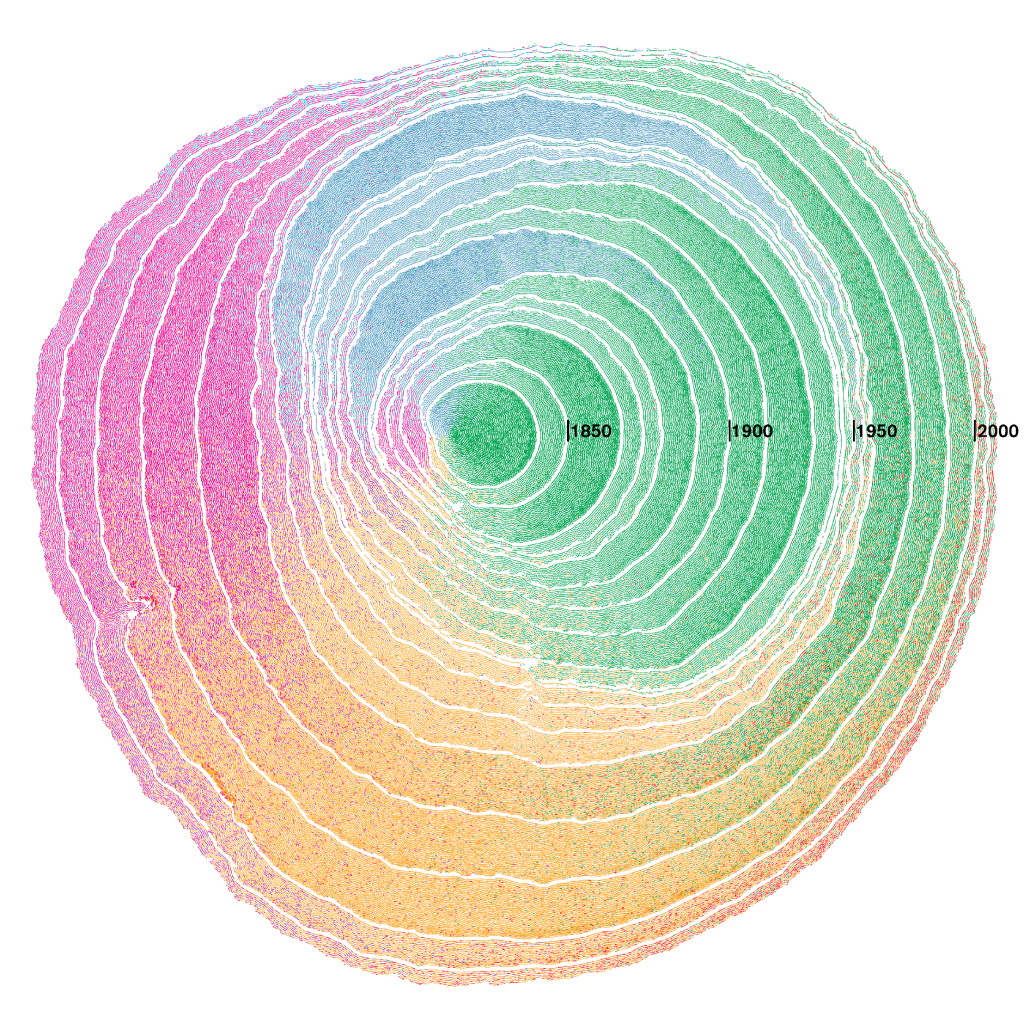
We have Pedro Cruz and John Wihbey on the show to talk about their beautiful project, the Simulated Dendrochronology of U.S. Immigration. There are many ways that immigration can be represented visually, but Pedro and John came up with a very compelling one: they use the metaphor of tree rings to show how migration patterns of people to the United States have changed over time. The final piece is utterly beautiful and evocative: we are the product of many layers of immigration.
On the show we talk about how they came up with this idea, the implementation of the visualization, the attempts they tried before producing the final version, and the role of metaphors in visualization. Make sure you take a closer look at the visualization before listening!
And enjoy the show!
Links
- Project Page and Video
- Pedro Cruz
- John Wihbey
- George Lakoff and Mark Johnson, Metaphors We Live By
- Andrew Ortony, “Metaphor and Representation” in Metaphor and Thought
- Donna Cox “The Art and Science of Visualization: Metaphorical Maps and Cultural Models”
- John’s upcoming book: The Social Fact (MIT Press, April 2019)
Chapters
1. Welcome to Data Stories! (00:00:25)
2. There are no ads on Data Stories because we're listener-supported; please consider contributing to the show! (00:00:58)
3. A new Data Stories update: we're on Instagram! (00:01:37)
4. Introducing today's episode on Simulated Dendrochronology (00:01:59)
5. Introducing Pedro Cruz (00:02:20)
6. Introducing John Wihbey (00:02:50)
7. What is Dendrochronology? (00:03:35)
8. How does the visualization work? (00:04:52)
9. Where did the idea for this visualization come from? (00:07:50)
10. How did you implement the tree ring idea and come up with an algorithm? (00:12:48)
11. Why the tree cross section was an especially appropriate metaphor for immigration (00:18:40)
12. Tips and resources for further exploration into metaphors (00:30:02)
13. The project's reception (00:31:45)
14. Get in touch with us and support us on Patreon (00:37:30)
173 episodes
Manage episode 228760739 series 32120
[There are no ads on Data Stories because we’re listener-supported; please consider contributing to the show! Oh…and now Data Stories is on Instagram!]

We have Pedro Cruz and John Wihbey on the show to talk about their beautiful project, the Simulated Dendrochronology of U.S. Immigration. There are many ways that immigration can be represented visually, but Pedro and John came up with a very compelling one: they use the metaphor of tree rings to show how migration patterns of people to the United States have changed over time. The final piece is utterly beautiful and evocative: we are the product of many layers of immigration.
On the show we talk about how they came up with this idea, the implementation of the visualization, the attempts they tried before producing the final version, and the role of metaphors in visualization. Make sure you take a closer look at the visualization before listening!
And enjoy the show!
Links
- Project Page and Video
- Pedro Cruz
- John Wihbey
- George Lakoff and Mark Johnson, Metaphors We Live By
- Andrew Ortony, “Metaphor and Representation” in Metaphor and Thought
- Donna Cox “The Art and Science of Visualization: Metaphorical Maps and Cultural Models”
- John’s upcoming book: The Social Fact (MIT Press, April 2019)
Chapters
1. Welcome to Data Stories! (00:00:25)
2. There are no ads on Data Stories because we're listener-supported; please consider contributing to the show! (00:00:58)
3. A new Data Stories update: we're on Instagram! (00:01:37)
4. Introducing today's episode on Simulated Dendrochronology (00:01:59)
5. Introducing Pedro Cruz (00:02:20)
6. Introducing John Wihbey (00:02:50)
7. What is Dendrochronology? (00:03:35)
8. How does the visualization work? (00:04:52)
9. Where did the idea for this visualization come from? (00:07:50)
10. How did you implement the tree ring idea and come up with an algorithm? (00:12:48)
11. Why the tree cross section was an especially appropriate metaphor for immigration (00:18:40)
12. Tips and resources for further exploration into metaphors (00:30:02)
13. The project's reception (00:31:45)
14. Get in touch with us and support us on Patreon (00:37:30)
173 episodes
All episodes
×Welcome to Player FM!
Player FM is scanning the web for high-quality podcasts for you to enjoy right now. It's the best podcast app and works on Android, iPhone, and the web. Signup to sync subscriptions across devices.

